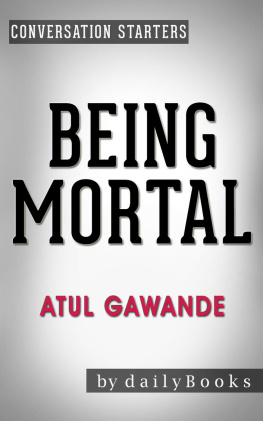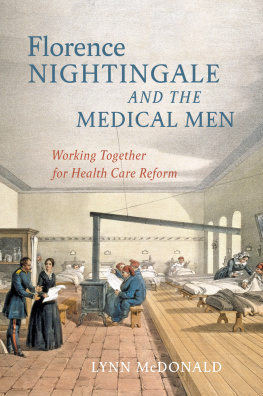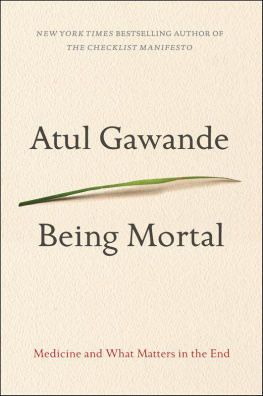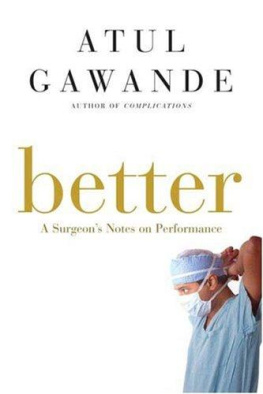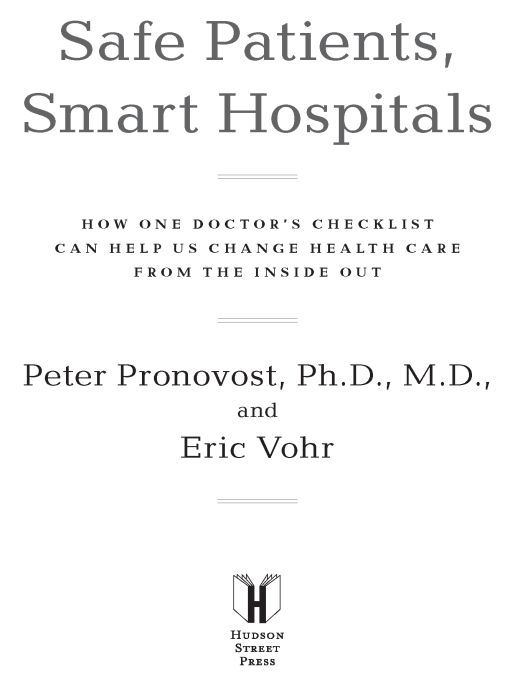Table of Contents
This book is dedicated to my father.P. P.
Introduction
On a cool January evening in 2001, the King family sat down to eat in a cluttered room that served as dining room, kitchen, living room, and playroom. The family of six had recently moved into a green shingled, ramshackle farm-house, perched on a grassy hill in the country outside of Baltimore, and were having it renovated. Many of the rooms had been gutted and stacks of two-by-fours and sheets of plywood cluttered the hallways.
Dinner was takeout Thai food, since there wasnt much of a kitchen. Sorrel King opened a bottle of wine to celebrate the arrival of her mother, who had driven up from Virginia to see the new house. Sorrels youngest, eighteen-month-old Josie, danced to the Barney song I Love You that played on her little music cube. Her three older children, Jack, six, Relly, five, and Eva, three, slipped upstairs to watch their favorite cartoon, Rugrats.
Sorrel, her husband, Tony, and Sorrels mother, whom everybody called Big Rel, talked about the work they had left to do on the house as they poured wine and dished out pad Thai and curried chicken on paper plates. And then Sorrel suddenly became aware that the Barney song had stopped.
Wheres Josie? she asked, concerned that her youngest had slipped out of sight. Before she got an answer, a terrified scream shook the old wooden house.
Earlier that evening, Big Rel had entertained the kids while she took a bubble bath in an upstairs bathroom the Kings never used. The bathroom had an old cast-iron tub that fascinated the precocious young Josie. Big Rel let the curious infant float her toy airplane on the piles of white bubbles that overflowed onto the floor. While the Kings were preparing to eat, Josie had followed her siblings upstairs and made a beeline for that old tub.
Responding to her daughters screams, Sorrel bolted upstairs and found Josie standing in the bathroom wailing hysterically, her arms sticking out from her sides, her pink onesie soaking wet. Sorrel yelled down to Tony to call 911 and frantically undressed the screaming child. The pajamas were hot to the touch, especially the rubber parts on her feet. When she exposed Josies skin it was red and rawa stark contrast to the childs bright blue eyes and wild locks of soft blonde hair. Sorrel looked in the tub: it was partially filled with water and Josies toy plane was floating innocently on the surface. She touched the water; it was scalding hot.
Josie must have wanted to see her plane float in the tub again and had turned on the faucet. Unfortunately, she had turned on the one with H written on it. Sorrel later learned that the water heater in that old house was broken, which made the water that hit Josies tender young skin near boiling temperature.
When the medics arrived they carefully wrapped Josies burned arms and legs in white gauze and placed her in the back of the ambulance. Josie had received second-d egree burns on 60 percent of her bodya critical injury for anyone, but especially bad for a child at her young age. Sorrel rode along in the ambulance to the hospital, her eyes fixed on her suffering child. She kept telling herself, Josie is going to be okay; shes going to be okay.
When Josie arrived at the burn unit at Johns Hopkins Bayview Medical Center, they had difficulty getting an IV into the child because of her burns, so she was transferred to the pediatric intensive care unit (PICU) at Johns Hopkins Childrens Centerthe place best equipped to treat the most critically ill children.
Second-degree burns destroy the skins ability to control temperature and fluids. This is especially serious for children who have less skin for their body mass than adults. Second-degree burns are also more painful than third-degree burns, which are technically worse. Second-degree burns kill the skin, but dont go deep enough to kill the nerve roots, so the patient can still feel. The excessive pain associated with second-degree burns can cause major physiological problems like increased heart rate and high blood pressure.
One of the doctors first priorities was to make sure Josie was getting intravenous fluids, so they placed IVs in her neck, wrist, and inner thigh. A few days later in the operating room, doctors would replace these lines with a central line catheter, a semipermanent tube that ran through the blood vessels to a place just outside the little girls heart so doctors could administer fluids, nutrients, and medication more efficiently and also monitor heart function.
As their injured child lay in the PICU hooked up to a myriad of complex machines with a breathing tube in her throat, Sorrel and Tony sat anxiously by her bedsidetheir world had stopped.
The Kings had moved to Baltimore in 1999 from Richmond, Virginia. Tony, thirty-f our, an investment banker at Wachovia, had transferred to Baltimore to open a new trading desk. Sorrel, also thirty-four, was taking time off from a successful career designing womens clothing to be a stay-at-home mom.
The Kings were a typical large, happy, young familytoys on the floor, kids running around, and a big, happy, smelly dog adding to the confusion. As the youngest in the family, Josie assumed a position of privilege. She had just learned to say I wuv you, I wuv you and she loved her sisters and brother dearly. Most of all, she adored her parents and was the first to make it clear that she was their number-one priority.
Lying motionless in a tiny hospital bed at Hopkins, she was just that. Every bit of her parents hearts and souls were focused on this little girl who was struggling to stay alive. The hospital became Sorrels new home. Often accompanied by her husband and her younger sister, Margaret, who lived in Washington, D.C., Sorrel would seldom leave her little girls side.
Sorrel offered to help the staff whenever she could, and she soon became fond of the people entrusted with Josies care. She brought them coffee and muffins and tried her best not to interfere with their work.
I thought they were brilliant and I was so thankful I was at Hopkins with them taking care of Josie. Thank God, says Sorrel. I was moved by everything I saw. I was just in awe the entire time I was there in the PICUthe doctors, the nursesI mean they were amazing. I would go down and get my coffee and my muffins and see these posters on the walls of the hospitalmagazine covers from U.S. News and World Report listing Johns Hopkins as the number one hospital in the United States. I thought, I am so lucky that I am at Hopkins.
During her first days in the hospital, doctors and nurses worked hard to help Josie heal and recover. In the operating room, surgeons transplanted skin from the parts of Josies body that were not burned. What skin grafts the doctors could not get from Josie, they got from a donor. They removed dead tissue, changed her sterile dressings regularly to protect against infection, and implanted a pain pump that would safely deliver powerful narcotics to ease Josies suffering.
When she wasnt by Josies side, Sorrel slept on a cot in a special room the Childrens Center keeps for parents who have very ill children. The doctors and nurses tried to convince Sorrel to go home and get proper rest, but she wanted to stay close to her little girl. I wanted to take care of Josie because she was my baby. I wanted to be there, says Sorrel.



